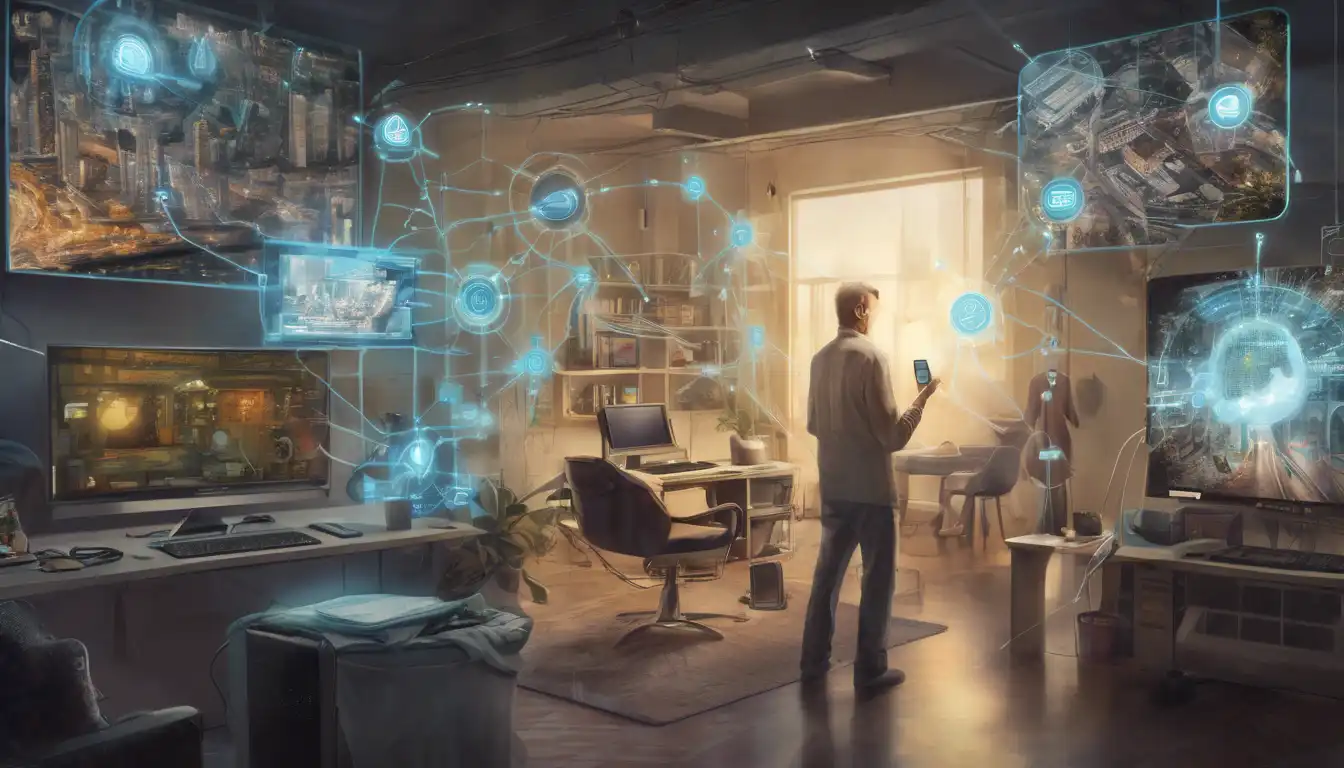Introduction to the Internet of Things (IoT)
The Internet of Things (IoT) represents a revolutionary shift in how we interact with technology. By connecting everyday devices to the internet, IoT enables them to send and receive data, making our lives more convenient, efficient, and secure. From smart homes to wearable health monitors, IoT is transforming daily living in unprecedented ways.
Enhancing Home Comfort and Security
One of the most visible impacts of IoT is in the realm of smart homes. Devices like smart thermostats, lights, and locks allow homeowners to control their environment with unprecedented ease. For example, a smart thermostat can learn your schedule and adjust the temperature accordingly, saving energy and money. Similarly, smart security systems provide real-time alerts and remote monitoring, offering peace of mind whether you're at home or away.
Revolutionizing Healthcare with Wearable Technology
Wearable IoT devices are making significant strides in healthcare by enabling continuous monitoring of vital signs. This technology allows for early detection of potential health issues, reducing hospital visits and improving patient outcomes. Devices like smartwatches can track heart rate, sleep patterns, and physical activity, empowering individuals to take charge of their health.
Optimizing Energy Use and Reducing Waste
IoT is also playing a crucial role in environmental sustainability. Smart grids and meters optimize energy use, reducing waste and lowering costs. In agriculture, IoT sensors monitor soil moisture and crop health, enabling precise irrigation and fertilization. This not only conserves water but also increases crop yields, contributing to food security.
Improving Urban Living with Smart Cities
The concept of smart cities leverages IoT to enhance urban living. Traffic management systems reduce congestion by analyzing real-time data, while smart lighting adjusts based on pedestrian traffic, saving energy. Public safety is also enhanced through connected surveillance systems that can quickly respond to incidents.
Challenges and Considerations
Despite its benefits, IoT faces challenges such as privacy concerns and the need for robust cybersecurity measures. Ensuring the security of connected devices is paramount to protect sensitive data and maintain user trust.
Conclusion
The Internet of Things is undeniably improving lives by making our environments more responsive, efficient, and secure. As technology advances, the potential for IoT to further enhance our daily lives is limitless. Embracing this digital transformation can lead to a smarter, more connected world.
